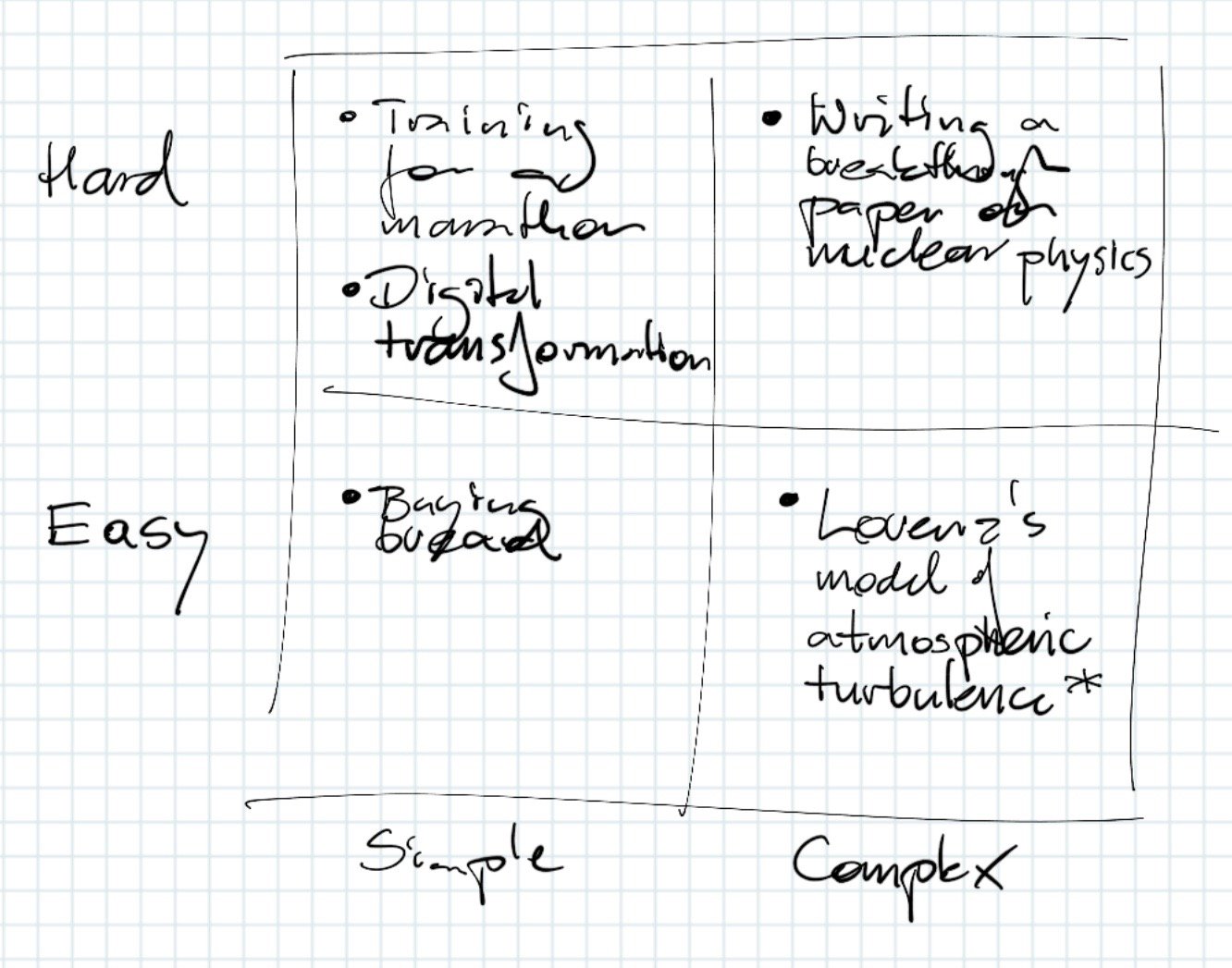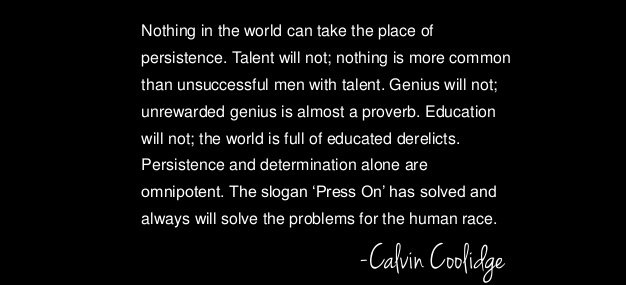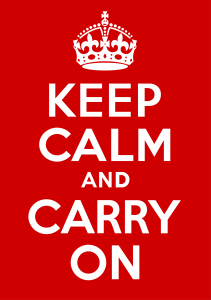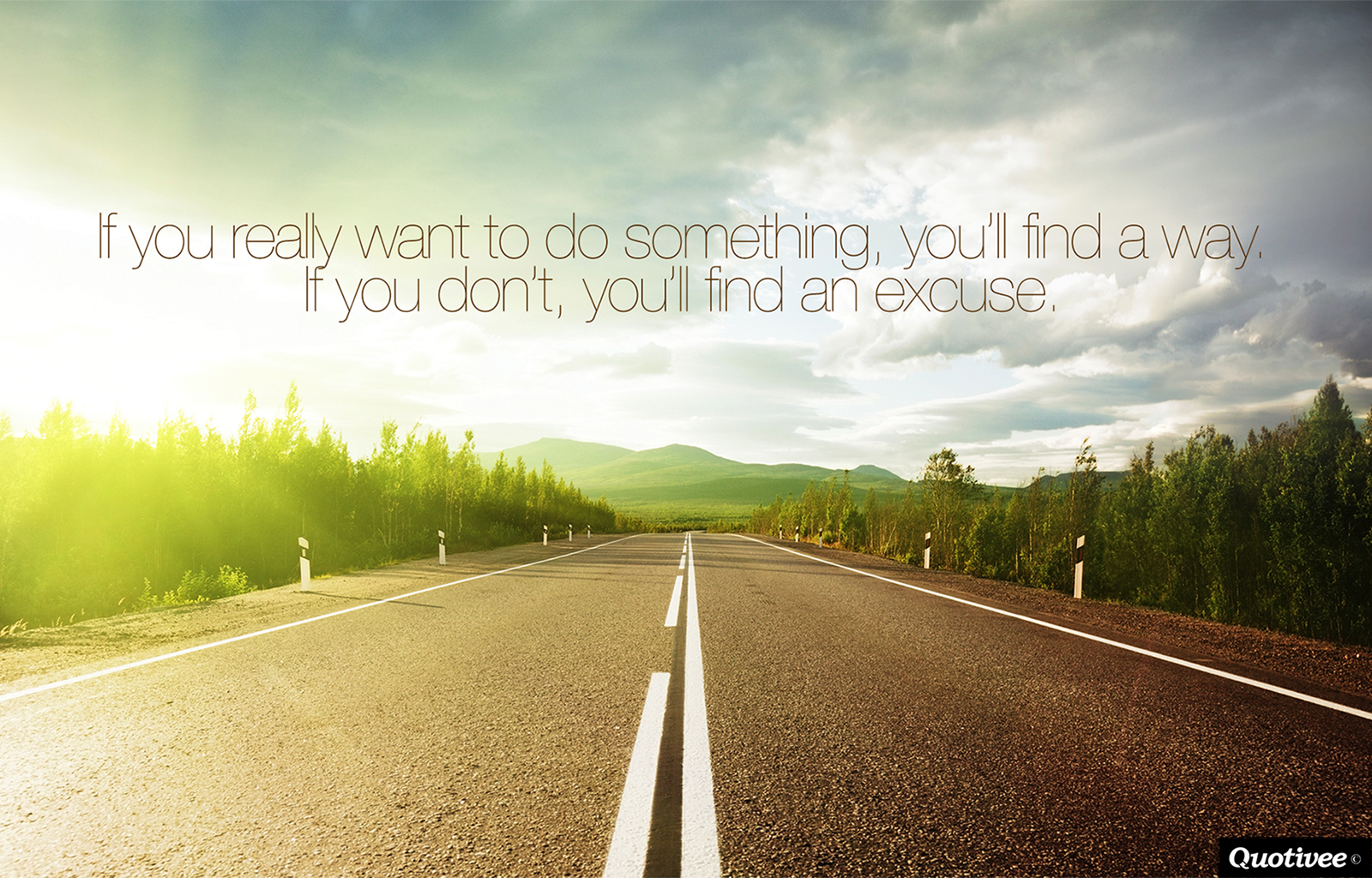I recently ran my first marathon. I have been running on and off since junior year of high school, with “off” times driven mostly by recurring knee injury and excuses (like working crazy hours or travelling).
Since moving to Sydney three years ago I found myself running more consistently (after someone told me about a simple stretch that stopped my knee injury to get better over me), but it took a while for me to actually find myself at the starting line of a 42.2 kilometre race in Canberra at 6:25am on Sunday 10th April 2016.
Running the marathon came around the second anniversary of me launching Harris Partners – a tech company focused on helping clients in their digital transformations – so while reviewing our progress and thinking about the strategy for the next year I couldn’t help to notice that running a marathon was actually very similar to a digital transformation.
Both are simple, but hard

Simplicity does not imply easiness. Running a marathon is simple. I can describe my process for achieving it in a small number of very simple steps: wake up six times a week at 5:15am for 16 weeks, and run – depending on the day – between 5km and 35km, at varied levels of intensity. Is it easy? No, it is damn hard. To be successful you need to do it day-in, day-out. Rain or shine. And up to this point we are not even talking about situations when you fail (more about it below)!
A digital transformation is dead simple too: take some data about the way your customers interact with your brand across different channels. Develop hypothesis on what can be improved. Run a test with a strict control. Ruthlessly analyse the results. Get more data to come up with more insights. Run more tests.
Really really simple. Is it hard? It seems so. It requires your organisation to fundamentally change the way in which it operates.
*Yes, that’s the one we struggled with most. It seems that the answer is any system that has limited number of variables connected in a non-linear manner, for example Lorenz’s model
Both deliver best outcome when you set a big goal

I set myself a big goal for my first marathon. After some back of an envelope calculations (based on my past half-marathon times, my V02 max level and pace of my recent training sessions), I set my go-to time for 2h41m, with a backup plan of sub-3hrs. Did I end up achieving my 2h41m? No. I managed to get 2h53m. Did I cry myself to sleep because of that? Also – no. But did I feel challenged? Yes. My hypothesis is that if I had one goal of sub-3hrs, I am not sure if I managed to reach that one either.
When I think about my next marathon, I still have 2h41m goal in mind. That is my Everest. I am not falling into a false sense of achievement because I ran a marathon, I want to keep improving. I want to challenge myself to reach my full potential. Setting comfortable goals that I am sure to achieve is not going to help me.
If your digital transformation sets a timid goal (say improvement of profitability in single digits over a couple of years), you are not transforming. You are playing by the same rules you used to play. Your digital competitors waiting to disrupt you are not setting goals of “become a leader in implementation of average ideas that we take to market in average length of time”, “become a number 25 player by market share” or “become a magnet for truly average digital talent”. They are swinging for the fences. If you do not adapt the same attitude, you have failed already.
Both require persistence – also in face of failure

Persistence is what keeps you going when you fail. It is the trait that allow you to shake yourself off after you failed to run the speed session at the planned pace, or when you feel so tired after a workout that you feel that you are weak, and have not made progress in getting stronger.
I believe that ability to adopt “fail fast” culture is the single biggest determinant that prevents organisation from achieving its full potential. It is easier for executives to say “we are doing fine”, when they are playing it safe, instead of defining five big goals, and feeling comfortable failing, but learning from the failure to keep pushing on all fronts the very next day.
Both require flexibility to make changes to the plan quickly

On 8th week of my training my lung collapsed. It is less scary than it sounds (and happened to me on this scale at least twice before), but it definitely was not a welcome addition to my training program. I had to stop for 10 days while my lung re-inflated. Did I give up on my goal? No, I adjusted my training schedule coming out of the rest period, and kept going.
It is easy to remain calm and make adjustments to the plan in face of adversity when you know you have done your ground work. Things might not go the way you think – to be honest, they most likely will not (maybe a better quote here would have been “no battle plan survives the first contact with the enemy”…). But knowing that you are prepared means you will be able to quickly make resolutions to any problems you encounter. No point losing sleep over things you do not control…
Delaying both is a game of excuses

In retrospect, I could have ran the marathon a year, maybe even two earlier. I ran my first half-marathon in May 2014. This was an obvious trigger to sign up to Melbourne marathon in October. I planned to do Gold Coast in July 2015 (it’s nice and flat – definitely helping when you run for the first time), but ended up in China at the time instead. It was lack of conviction that was driving it.
Many executives of large companies tend not to like changes. It is in line with economic theory to only collect a pay check when your incentives are not aligned to make changes…
From my experience digital transformation may come from three groups of people:
- Forced transformation resistors: They were told by their boss to make one happen, but they are not thrilled by the extra work required, and the most positive conversations with them tend to start with a “yes, but…” (I hate working with them)
- Hired transformation expert: they were hired to make one happen – they have a singular goal, and are working towards that goal as the most important strategic objective. They are not afraid to break some eggs to make an omelette. (I love working with them)
- True transformation leaders: they realised by themselves through reading and talking to experts that they can build something great and special, challenging themselves in the process. They tend to over time – if they are not forced by resistors to leave their organisation – create teams of people equally excited about it (I love working with them most of all)
Unfortunately the world is full of resistors (although certain countries have more of them than others). If you are a true transformation leader, please get in touch. I will do whatever I can to help you succeed.
So what?
Digital transformation is already running across entire industries in a tsunami-like manner. The problem that I find most critical is that digital transformation is in fact harder than training for a marathon.
I can decide to run a sub 2h40m marathon and start training tomorrow. In order for a 100 year old brand to decide to do a digital equivalent of the same, multiple stakeholders in that company need to decide and share that vision. That requires a strong leader at the very top. Or a smart one that hired others that will figure out that digital transformation is the way.




